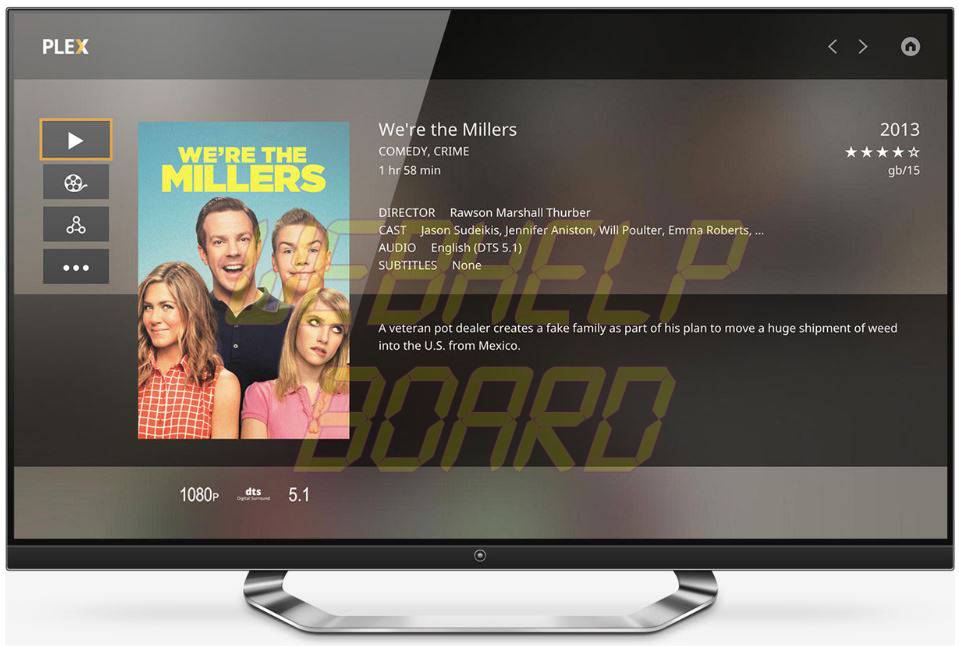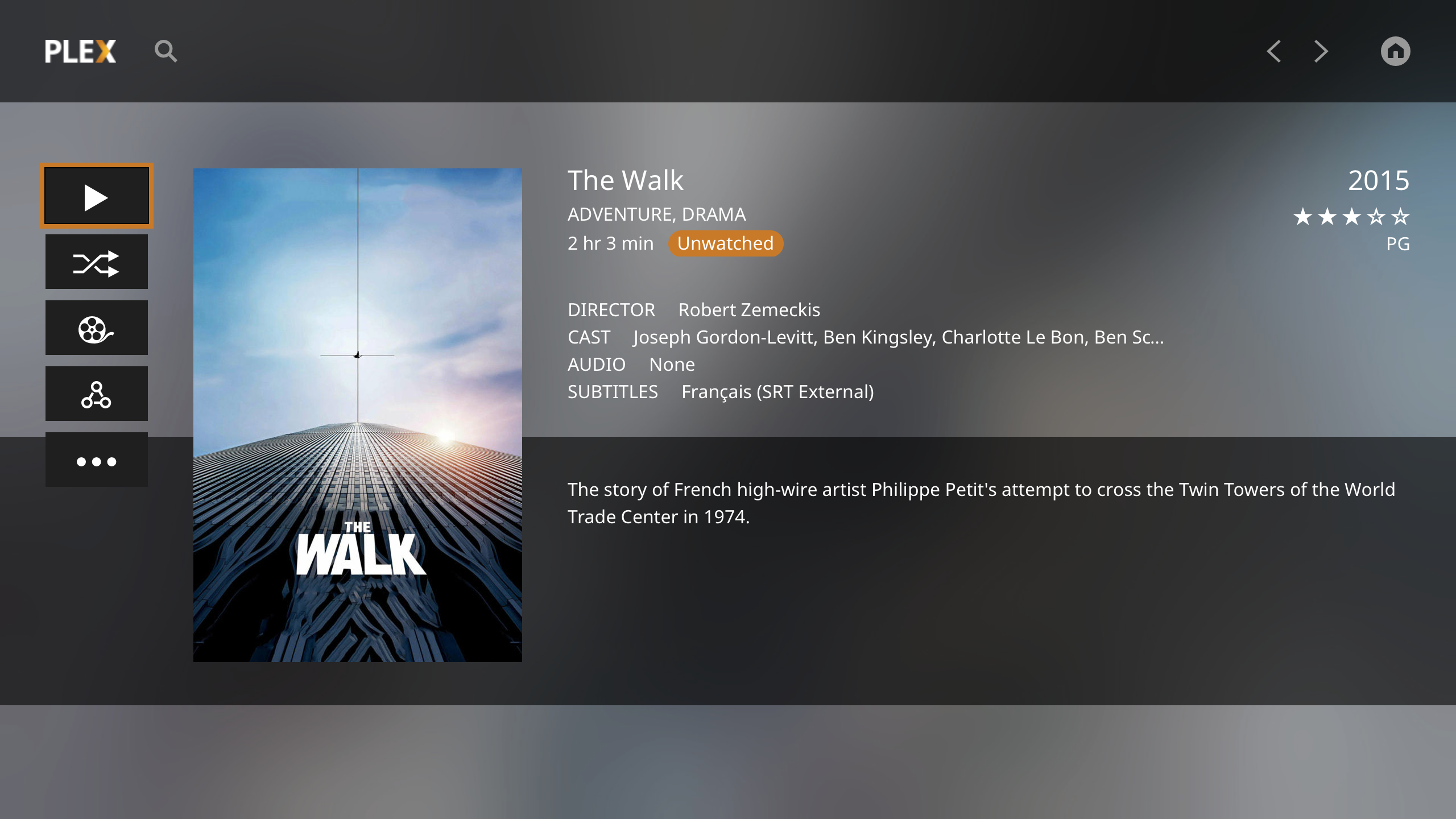


VLC Media Player: Download VLC on both devices to cast your movie to your TV.Cast using Airplay: Use your MacBook, iPhone or iPad to cast or mirror your display to your Smart Tv.Cast using Miracast or Chromecast: Use your computer, mobile phone or tablet to cast or mirror your display to your Smart Tv.HDMI: Use an HDMI cord to mirror a display on your computer to your TV.Plex app: Store and stream your personal movies with Netflix style navigation by using the Plex app on your TV.USB flash drive: Connect a correctly formatted USB with your movie on it to the TV’s USB port.You can read our complete legal information for more details.Īre you wondering how to play downloaded movies on TV from videos stored on your hard drive? By following this guide you’ll learn 6 very simple ways to put downloaded movies on your TV. If you make a purchase through links from this website, we may get a small share of the sale from Amazon and other similar affiliate programs.

The "logic" behind this is surely disfunctional, but hey, it's how things work.As an Amazon Associate, we earn from qualifying purchases made on our website. This app, however, does not support casting, for whatever reason. Newer TV sets do not support it, handing over to Samsung Smart Things "thing". Older (2017) Sammy TV sets supported Samsung Smart View app which let you cast. That means the only way to make (new) Samsung screens let you CAST is to get Google Chromecast or switch to Apple. That being said, Samsung TVs don't have a clue about casting. It's NOT the way to show photos or videos on a TV screen. "Mirroring" is useful when you want to make a presentation of your phone screen and whatever things you do on your phone.

It's also the fastest way to show off your Google photos and videos on a big screen. "Casting" is the way to go if you want to pass that YT stream from the phone to the TV, or HBO or whatever app there is which supports it. It's a presentation thing for a projector, not a thing you'd use to show off your Google Photos on a TV.Ĭasting (as in Google Chromecast) on the other hand is sort of letting the app on a phone forward it's linked contents to the receiving app on the TV and as soon as the app picks up the "stream", it "takes over", "freeing" your phone (which can still control the stream, as in "play", "forward", "reverse", etc.) The most obvious difference is that as soon as the stream is passed to the device (a TV), the TV is rendering the stream, NOT the phone, which in case of the screen mirroring, would be the renderer and the TV would only receive frames to show on screen. It's cumbersome, slow, prone to projection (as in display geometry) erros, etc. Screen mirroring is that sluggish "feature" that nobody really needs, which is projecting a smartphone screen onto a TV. Whatever you call these things, they're not the same.


 0 kommentar(er)
0 kommentar(er)
